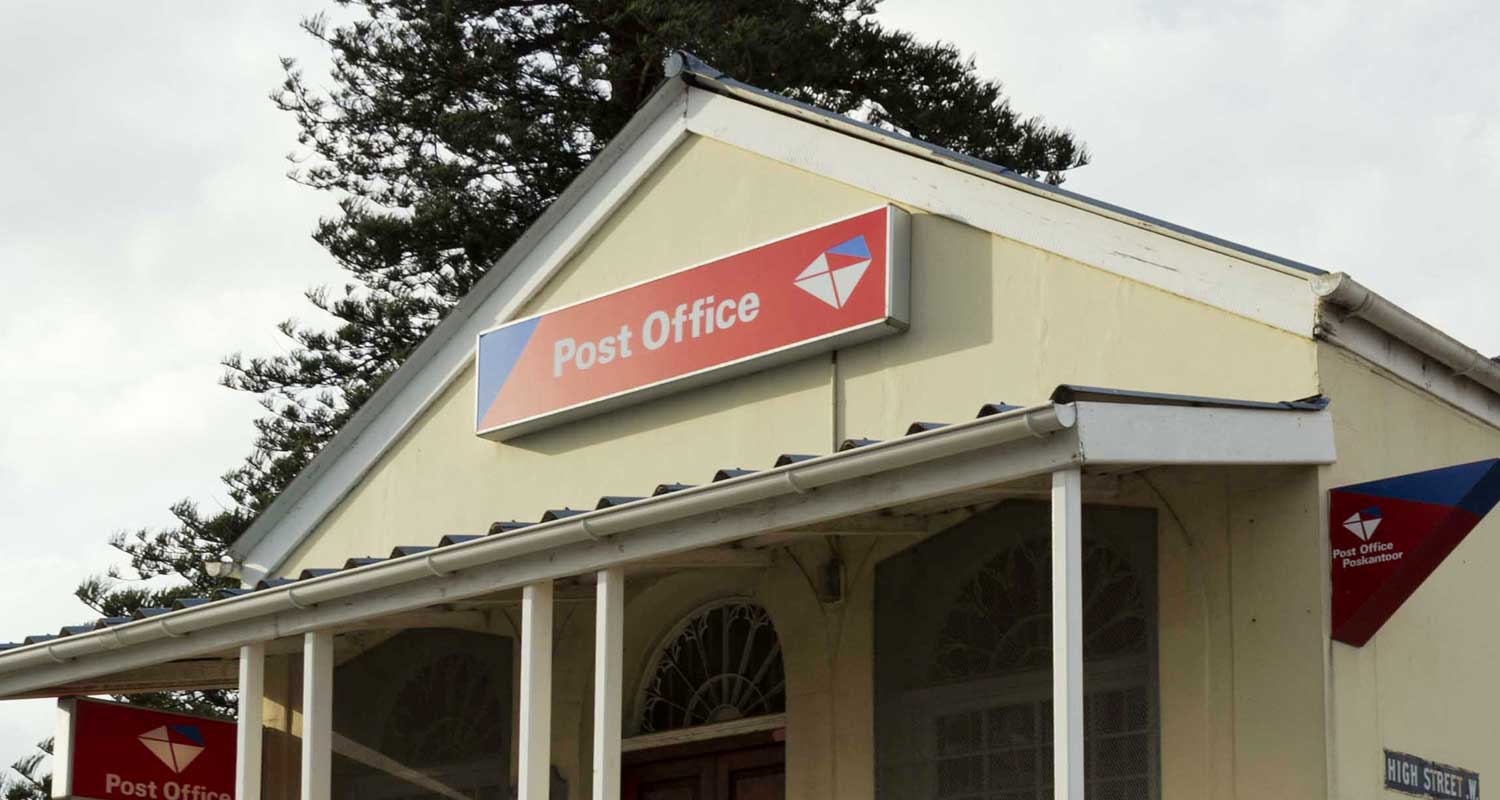 The Post Office will not be liquidated but thousands of jobs are now set to go after creditors agreed to a plan to rescue the insolvent state-owned company.
The Post Office will not be liquidated but thousands of jobs are now set to go after creditors agreed to a plan to rescue the insolvent state-owned company.
The adoption of the business rescue plan is a positive thing, said Louise Brugman, spokeswoman for business rescue practitioners Anoosh Rooplal and Juanito Damons.
However, of the Post Office’s 11 000 workers, some 6 000 are not set to lose their jobs in an effort to make the institution sustainable. But 5 000 jobs will be saved, said Brugman.
The rescue plan will be adopted in two phases over a two- to five-year period. Phase 1 will involve stabilising the business, reducing the branch network to 600, upskillng staff and employing digital specialists to assist in modernisation and digitisation.
The focus will be on improving service delivery, including increasing its fleet to deliver letters and parcels timeously. New digital products will be considered and launched to increase revenue streams, while more of the daily tasks will be automated.
“Customer centricity and supplying the correct tools of the trade to the staff will be a key and ongoing initiative to provide excellent service, win back market share and gain traction with new products,” said Damons in a statement.
Strong governance and ethical policies will be top of mind, he said.
Phase 2 will implement elements of the so-called “Post Office of Tomorrow” strategy, including motor licence registrations, seeking increased property rental revenues or sales of owned property, and the creation of a “digital hub”.
Taxpayer bailout
Strategic private/public partnerships will be encouraged in the e-commerce and logistics space in an effort to future-proof the organisation.
Now all the Post Office needs is another R3.8-billion of taxpayers’ money to carry out its plans.
Rooplal said: “The Post Office fulfils an important social mandate, providing key basic communications services to all households in the rural areas, where access to Wi-Fi, smartphones and printers are not a given. A restructured Post Office can do this affordably and conveniently, given the regulatory pricing and geographic reach of the branch network.”
The business rescue practitioners will stay involved to make sure the process is supervised.
Read: ‘We can save the SABC and the Post Office’
“There’s hardly a board at the moment, and lots needs to be done,” said Brugman. “The Post Office is also very outdated – it needs to be digitised and automated and its people upskilled. And security is poor. Its buildings are being vandalised, particularly in remote areas, so that will also be addressed. We will publish a list of the branches to be kept open soon.” — © 2023 NewsCentral Media




